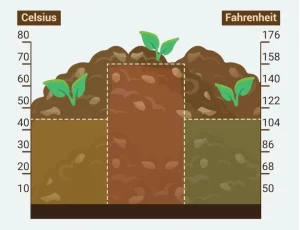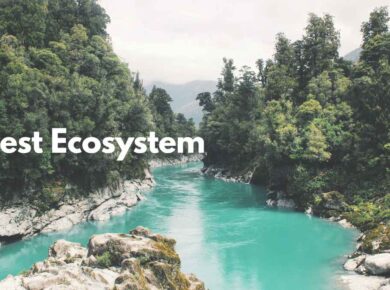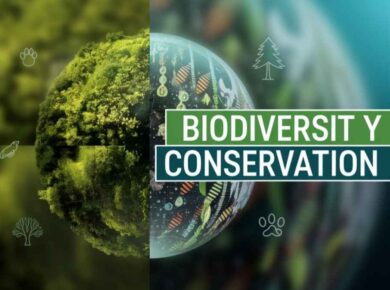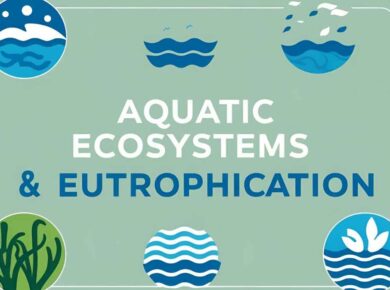Bioaccumulation vs Bioconcentration vs Biomagnification + Composting + Vemiculture
Pyrolysis
“Combustion in absence of oxygen or in controlled atmosphere of oxygen”
Composting
A biological process (in-situ) in which microorganisms, mainly fungi & bacteria, decompose degradable organic waste into humus like substance in presence of oxygen
Vemiculture
- Also known as earthworm farming
- Earthworms are added to compost, which break the waste & added excreta of the worms make compost very rich in nutrients.
Bioremediation / Bioaugmentation
- Use of microorganisms (fungi & bacteria) to degrade the environment contaminants into less toxic forms. It can be in situ or ex situ
- Using bioremediation, The Energy and Resources Institute (TERI) based in Delhi, has developed a mixture of bacteria called oil zapper, which degrades the pollutants of oil contaminated sites, leading no harmful residue behind.
Mycoremediation
- A form of bioremediation, using fungi to decontaminate the area.
Biostimulation
- Modifying environment to make it more suitable for bioremediation by addition of certain substances.
Stone Cancer
- Taj Mahal is threatened by acid rain from Mathura refinery. This is called stone cancer.
Acid Drainage
- Rain water & oxygen combines with sulfide bearing minerals like pyrite (iron) to form sulfuric acid.
Bioaccumulation vs Bioconcentration vs Biomagnification
- Bioaccumulation occurs within a trophic level and is increase in concentration of a substance in our bodies through food and environment.
- Bioconcentration occurs within a trophic level through absorption from water (when intake from water > excretion rate).
- Biomagnification occurs across different trophic levels in a food chain.
Bio-dilution
- As opposed to bio-magnification, it means decrease in the concentration of a substance with increase in trophic level. Substances of concern are heavy metals like mercury, cadmium.
- This occurs when the nutrient content of an ecosystem is high. So the numbers of autotrophs (phytoplankton) is also very high and their biomass is high. So the metals get diluted & even in next layer of the food chain their concentration is less.
Thus by increased use of nitrogen and phosphorus fertilizers, bioaccumulation can be reduced.
Pharmaceutical Pollution
- Most drugs are insoluble in water and are non-biodegradable, thus the drug residues tend to build up in the environment and accumulate in our bodies.
- Many drugs also interfere with degradation of other substance in the sewage since antibiotics kill the microbes decomposing sewage
- Another concern is that the microbes tend to mutate into drug resistant varieties. This is made even more potent because often in waste water one would find a cocktail of antibiotics and only the deadliest of pathogens will survive.
- Major sources: Human and animal excreta + Hospital and manufacturing waste
For more updates, explore the Environment category. Feel free to share your thoughts and comments
If you’re passionate about building a successful blogging website, check out this helpful guide at Coding Tag – How to Start a Successful Blog. It offers practical steps and expert tips to kickstart your blogging journey!









1 comment
great stuff